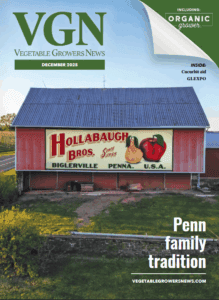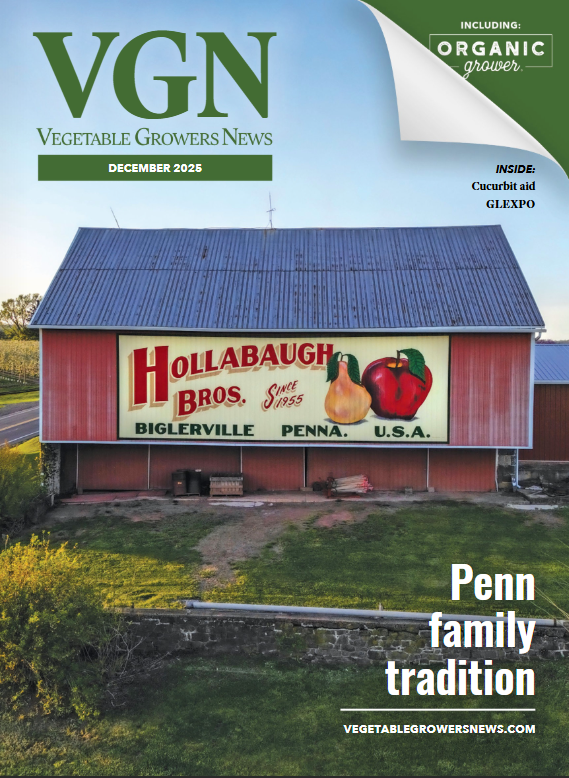Mar 30, 2020Impact of COVID-19 seen in strawberry industry report from Rabobank
Strawberry planted acreage in California is up year-over-year in 2020 from its lowest level in almost 15 years, and increased plantings in the Santa Maria producing region continue. Florida’s acreage remains flat, while strawberry plantings in Mexico continue to expand.
Updated estimates, based on Rabobank’s proprietary analytical tool, show that weekly strawberry shipments will increase in 2020, especially during California peak season in May and June, bringing prices down in specific weeks, compared to observed prices in 2019.
weeks, compared to observed prices in 2019.
The report now includes estimates for the organic strawberry market. Higher yields and acreage will boost weekly shipments during spring/summer 2020. Despite general price-pressure, there are market windows with potentially more favorable opportunities in the organic space for cost-competitive firms.
Impacts from COVID-19 are a mixed-bag for the strawberry industry. Food-service sales are in decline, while retail grocery sales have jumped. Labor availability is being negatively impacted, and remains the biggest issue.
Increased competition in the berry space, along with potentially record strawberry shipment levels to the U.S. market, may lead to a price-challenging summer season in 2020. On the other hand, the current low stocks in the frozen and processed strawberry markets and the eagerness of buyers to secure product should help to create a more stable price floor for fresh strawberries.
Strawberry per capita consumption in the U.S. has been growing at a modest rate during the last decade, compared to double-digit growth rates in other berries. But, strawberry per capita consumption is still king in the berry patch in terms of volume. Opportunities to attract new consumers are always present, either by focusing on specific local market niches, improving sustainable packaging, organic production aimed at specific market windows, or other types of product differentiation.
Rising labor costs and increasing regulation in most of the growing regions will continue to be relevant challenges, which may continue to fuel changes in growing regions.
COVID-19 impacts
Changes in the status of the COVID-19 (coronavirus) pandemic are being reported daily, and the situation is very fluid. At the time of this writing, no shipping disruptions specific to strawberries have been reported. While transportation bottlenecks are being reported for some other crops, North American strawberry trade is largely confined to the North American continent, due to the high perishability of the product.
Some shippers do sell into a more global market and could be impacted by shipping delays. However, North American strawberry exports to more distant countries often occur by private charter air transport, which is likely to be less impacted.
The most detrimental, potential supply-side impact to the U.S. strawberry industry is the safety and availability of farm employees, particularly as California’s peak strawberry season is rapidly approaching. The U.S. embassy in Mexico announced that it would suspend processing many types of visas. The US Mission to Mexico (who processes most H-2A visas) is still planning to process H2A visas, and they are giving priority to returning workers who do not require interviews.
“We do expect a slowdown/delay in H-2A workers arriving to the U.S., because procedures are having to adapt to provide for recommended social distancing,” the report indicated. “Agriculture groups are aggressively working with the government to ensure that even H-2A visas that require interviews can be efficiently processed. Any foodservice sales have crashed, as public events are rapidly being cancelled, and consumers are less willing to travel and eat out-of-home.
The broader, macroeconomic impacts of COVID-19 may result in a ‘hangover’ effect that couldID negatively impact out-of-home food purchases, even after the virus is contained. At food retail stores, sales are surging. What was once a run on items like toilet paper, hand sanitizer, and bottled water has now become a run on all grocery items, including fresh strawberries.

















